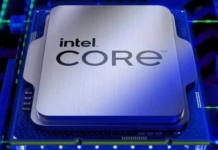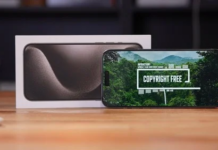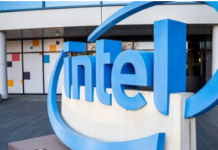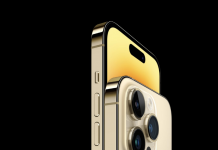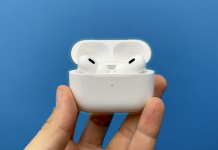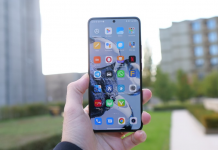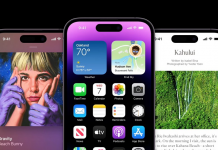The Snapdragon 820 was unveiled yesterday and Qualcomm welcomes it in every way. In 5 main assets, your future mobiles will be real racehorses thanks to this new processor that challenges the current competition. Here’s how the Snapdragon 820 will make our future mobiles power monsters.
Almost ubiquitous among the Android population, Qualcomm enjoys an international reputation for the quality of its processors and it is not the unfortunate episode of the Snapdragon 810 and its overheating and other excessive consumption of batteries that will manage to change the game since already thirty manufacturers like Samsung continue to trust it and will release the first copies equipped with the Snapdragon 820 at the beginning of 2016.
1. More efficiency for less heat
Snapdragon 810
At the very beginning of the Career of The Snapdragon 810, no one could imagine the setbacks it would encounter and the role of a real open wound that it would embody, causing a haemorrhage of many users and manufacturers turning their backs on it, preferring to opt for a competitor or at best, an earlier model of the brand.
First claims from the American company Qualcomm, the Snapdragon 820 will not overheat. By being 30% more powerful than the SD810 but also more economical, our next smartphones with the chip will be able to hold longer while reducing their energy consumption. Engraved in 14 nm via FinFET technology, this will allow the SD820 to operate and cool down faster.
Heat is wasted energy – Qualcomm
2. Protecting your data
With Qualcomm’s SmartProtect App, the company announces its interest in the security of our data. This integrated service will review the system, looking for all kinds of threats. Using the Machine Learning concept, the service will retain and learn on the job to recognize and block threats, rather than letting them settle down and then spot and remove them. Even better, he will justify his actions. The SmartProtect App will be included depending on the manufacturers, according to their specifications.
The other major security innovation qualcomm has made on its new SoC is the management of fingerprint readers. Thanks to Sense ID, the reading of the prints is done by ultrasound to better decipher the meanders and reliefs of the circumvolutions at your fingertips. It is also able to establish the level of sweating for an ever safer determination of your identity.
In addition to the level of sweat present in your fingerprints, it will take into account dust and liquids and, icing on the cake, can even recognize the pulp of your finger through glass or metal. The two materials currently used for high-end smartphones, this will allow the incorporation of fingerprint readers under the touch slab or under the rear façade of the Android terminal.
3. Unrivalled photo quality
While there was an improvement in low-light shooting, this was mainly done on a handful of models. Overall, smartphones are not very good photographers in dimly lit environments. Here, with the Hexagon 680 dsp component, your photo sensor will adapt and make it easier to brighten and reduce light noise. Your dark shots will be cleared up without adding grain. The Hexagon 680 will also work for videos. If this DSP will affect the photo, one of the main elements will be the quality of your smartphone’s photo sensor.
Qualcomm also developed the Scene Detect for this photo part. Also operating on a machine learning basis, it will recognize faces and other topics like Google Photos (without the bugs spotted after its launch). Photos of foods will be categorized in Food, etc. Everything will be done at the SoC level and not by the cloud. Geographic recognition will not be included, although Qualcomm has stated that it can be included. At the whim of the builders.
4. A step towards virtual reality
Credit: The Verge
We must also focus on the future and one of the safest bets is embodied by virtual reality. Thus, the Snapdragon 820 is enhanced with dedicated graphics features. The Adreno 530 graphics chip will be able to support improved graphics and provide immersion sensations in virtual worlds. The initial reactions to the demonstrations seem positive.
Combine the graphics with qualcomm’s 3D Sound sound, and your virtual headphone experience will be even better. For now, virtual reality and headphones are still in their infancy, but smartphones under Snapdragon 820 will be able to enjoy it, especially on 4K screens.
5. Flash loading and connection speed
Qualcomm has incorporated Quick Charge 3.0 fast charging into its new Soc so, only half an hour will be needed to charge your smartphone at 80%. You’ll also be able to wirelessly charge your battery, which will have its extended lifespan.
This last point will also be due to improved wireless connectivity. The built-in Modem in Snapdragon 820 will support a Category 12 4G LTE with speeds of up to 600 Mbps in downstream and 150 Mbps in ascending. On the Wi-Fi side, compatible standards will be 802.11ad and 802.11ac in 2×2 MU-MIMO for faster and easier connections. It will also be the first LTE-U-certified SoC.
via




